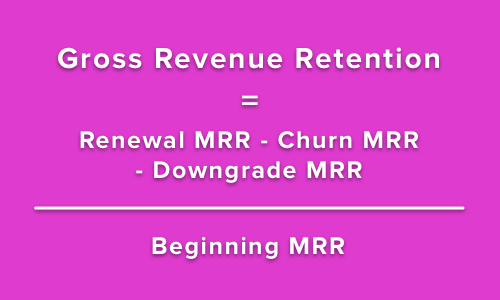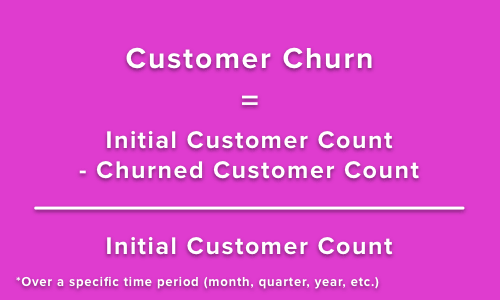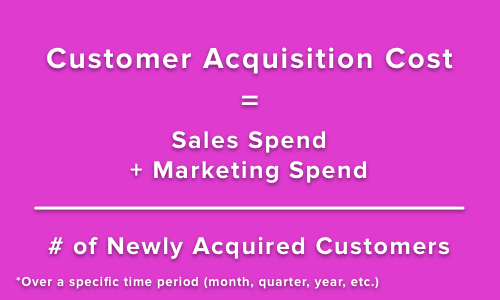List of how to find sales continuation rate, total income continuation rate, etc. to understand whether SaaS is really on track

To operate a subscription-based SaaS , it is important to analyze whether the business is doing well on a period-by-period basis. It is difficult to understand 'whether the service is on track' if you run the service individually, but for startups, we have an index to evaluate this correctly and a formula to calculate the index. Talkin'SaaSy, which handles consulting services for
Talkin'SaaSy --SaaSy Math
https://www.talkinsaasy.com/saasy-math
◆ Sales retention rate (Net Revenue Retention / NRR)
NRR is a measure of how well a service maintains and grows 'recurring revenue' like subscriptions. Generally, it is often calculated monthly or yearly, but it can be calculated for any period.
When asking for an annual NRR, first look at the customers you've earned in the month 12 months ago and record the total Monthly Recurring Revenue (MRR) and subscription ID for those customers. Then access the data from the last month to find out how well it matches your 12-month-old subscription ID. For customers that match the subscription ID of 12 months ago that existed in the last month, calculate the total MRR including the revenue from the upgraded user, the profit decrease for the downgraded user, and the profit decrease for the canceled user. Divide the number by the total MRR of the previous year to get the annual NRR.

◆ Gross Revenue Retention (GRR)
GRR is an indicator of how a service maintains revenue, but it does not include 'how much the service is expanding' like NRR. On the other hand, like NRR, GRR is also used to find out how much MRR is maintained within a specific period of time and in a cohort of customers.
As with NRR, the annual GRR is calculated by going back 12 months and writing down the total MRR of all customers acquired that month and the subscription ID. Then extract the subscription ID that matches the 12-month-old record from your last-month invoice. At this time, as with NRR, the total MRR for the last month is calculated, but unlike NRR, the upgrade MRR is not included in the calculation. The GRR is calculated by dividing the calculated value by the MRR 12 months ago.

◆ Customer Churn
Customer churn is a measure of how often a user who has subscribed to a service leaves the service over time. As a service provider, customer churn should be kept as low as possible, and tracking how customers are distant is critical to the success of the service.
To find out about customer churn, first go to the subscription service's customer management system and look for the Customer / Account table in the API. From this table, you should be able to see the unique IDs of all customers created that month, so check each month to see if each ID is maintained or withdrawn. Divide the number of IDs at the end of the month by the number of IDs at the beginning of the month to understand how much customer churn is occurring in a month. The customer turnover rate is often checked monthly or yearly, but if possible, it is necessary to check how the monthly numbers change.

◆ Customer Acquisition Cost (CAC)
CAC is an indicator of the cost a service needs to get one customer. You can see if your business is doing well by looking at the monthly CAC transitions.
To seek a CAC, you first need access to your accounting and financial system. After checking how sales and marketing costs are changing over time, check the number of user IDs created in one period by the system, and calculate the sales and marketing costs within the period with this number. I will break it. This will give you an average CAC per person.

◆ Retention Margin
The retention profit margin is the ratio of monthly revenue minus sales costs and customer retention costs to the total revenue.
To find the retention margin, you first need to know the gross profit. Therefore, after accessing the accounting / financial system to understand the numbers, the customer service team and success team spends are calculated. Add this number to your revenue cost and subtract it from your total revenue to get the benefit of retaining your customers. Divide this number by your total revenue to get your retention margin.

Related Posts:
in Web Service, Posted by darkhorse_log







